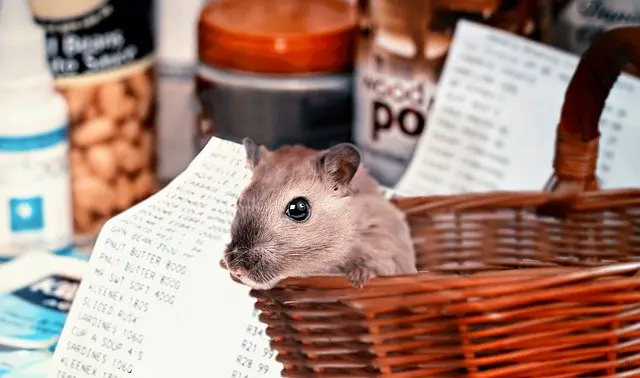Do sugar gliders and hamsters get along? This is a question that many people have, and the answer is not always clear. In this blog post, we will explore the relationship between these two animals and try to provide a definitive answer. We will look at the similarities and differences between sugar gliders and hamsters, as well as their natural habitats. We will also discuss how well they typically get along when housed together.
Do sugar gliders get along with hamsters?
While sugar gliders and hamsters are both small, friendly creatures that make great pets, it is important to remember that they come from very different backgrounds.
Sugar gliders are marsupials that originate from the forests of Australia, while hamsters are rodents that come from the deserts of Syria.
As a result, they have different temperaments and care requirements.
Sugar gliders are social creatures that enjoy living in pairs or small groups, while hamsters are solitary animals that prefer to live alone.
In addition, sugar gliders are very active and need a lot of space to explore, while hamsters are content to stay in their cages. For these reasons, it is generally not a good idea to keep sugar gliders and hamsters together.
Hamsters and sugar gliders are two different types of animals
Hamsters are small, rodent-like mammals that are often kept as pets.
Sugar gliders, on the other hand, are marsupials that are native to Australia and Indonesia.
While they may look similar, these two animals have very different lifestyles and care requirements.
For example, hamsters are nocturnal creatures that spend most of their time alone, while sugar gliders are social animals that live in large groups.
Additionally, hamsters are relatively easy to care for and can be kept in a standard cage, while sugar gliders require a special diet and a spacious enclosure with plenty of branches for climbing.
As you can see, hamsters and sugar gliders make very different pets.
Hamsters are territorial and may attack sugar gliders if they invade their space
Hamsters are small, omnivorous rodents that originate from the deserts of Mongolia and northern China.
They are generally docile creatures that live solitary lives, but they can be fiercely territorial when it comes to their homes.
This territorial behavior is most often seen in male hamsters, who will defend their burrows against intruders, including other hamsters.
Sugar gliders are small marsupials native to Australia and Indonesia. They get their name from their ability to glide through the air, thanks to the flap of skin that extends from their wrists to their ankles.
Sugar gliders are known for being curious and social animals, and they typically live in colonies of up to 20 individuals.
However, if a sugar glider wanders into a hamster’s territory, the results can be disastrous.
Hamsters have been known to attack and kill sugar gliders that invade their space, so it’s best to keep these two animals separate.
Sugar gliders can be taught to avoid hamsters, but it may take some time and patience
Sugar gliders are popular pets, and they can bond closely with their owners. However, they should not be kept with other small mammals, such as hamsters, as they may try to eat them.
If you have a sugar glider and a hamster, it is important to take steps to ensure that they do not come into contact with each other.
With time and patience, you can train your sugar glider to avoid the hamster’s cage. Start by placing the cage in an area where the sugar glider does not normally go.
Then provide ample rewards whenever the sugar glider stays away from the cage. With consistency, you can teach your sugar glider to stay clear of the hamster’s territory.
If you already have a hamster and want to get a sugar glider, be prepared for potential conflict
Sugar Gliders are very social creatures and enjoy living in groups. As a result, they typically do not do well when kept as solitary pets.
For this reason, it is generally not recommended to keep sugar gliders with other animals, including hamsters.
Although hamsters are also small and nocturnal, they are not social creatures and prefer to live alone. This can lead to conflict if the two animals are kept in the same cage.
Sugar gliders are also very active and like to climb, while hamsters are relatively sedentary and prefer to stay on the ground.
As a result, sugar gliders can easily injure themselves on hamster wheels or other exercise equipment. For these reasons, it is important to think carefully before deciding to keep sugar gliders and hamsters together.
The best way to ensure that both animals get along is to provide them with their own separate cages
When it comes to keeping multiple pets, there are a few things to consider in order to create a harmonious household.
The best way to ensure that both animals get along is to provide them with their own separate cages. This gives each pet their own space to retreat to if they feel overwhelmed or need a break from the other.
It also allows you to more easily control their environment and diet, as different species often have different needs.
Additionally, be sure to spend equal amounts of time with each animal so that neither feels neglected or left out. By taking these simple steps, you can help create a peaceful home for all your furry friends.
Sugar Glider Cage
Hamster Cage






